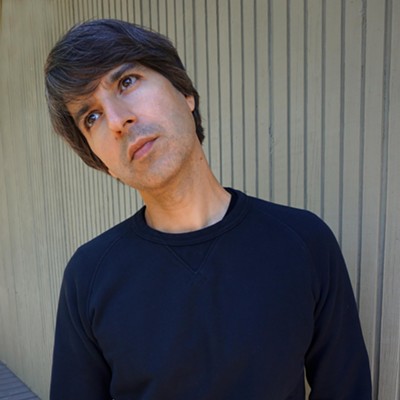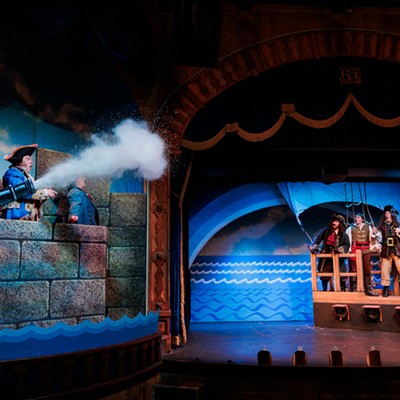While the history of settlement in Tucson dates back more than a millennium, it is the founding of the Presidio that is considered the "birth" of Tucson, and this August--Aug. 20, to be precise--marks the city's 232nd birthday. While this isn't necessarily a significant birthday, like, say, a bicentennial, Tucsonans are nonetheless gearing up to celebrate, and numerous activities are planned for the month--the largest being Saturday's Presidio Settlement Fiesta.
There is more to this year's fiesta than simply celebrating the founding of our fine city, according to organizers.
"It is about teaching people, especially children, about the remarkable history of Tucson, without them knowing they are being taught," said Lynne Urias, one of the festival's organizers, a former teacher and the author of History of Tucson, an educational slide show she presents in public schools.
Urias, and her husband, Tony--both decedents of families that occupied the Presidio in the 1700s--fear Tucson's history is being lost in the hearts and minds of Tucsonans, much like the Presidio's adobe bricks are now lost beneath the buildings and amenities of the modern world. It is a history they think should be remembered, one filled with stories and lessons that are still relevant, perhaps now more than ever.
"It is a story of both the conflict, and the coming together, of cultures," Urias said.
Tucson holds a unique place in history. Since its inception, it has existed on the frontier of empires, first as a distant outpost on the northern end of New Spain, then on the southern end of the United States. One of the largest urban areas in the southwest, Tucson often functioned as the stage upon which clashes between the region's Spanish, indigenous and American occupants were acted out.
These clashes began with the Spanish. With the desire of protecting Spain's interests in the New World from competing European interests, New Spain sent missionaries into the region, followed by the military (which built the Presidio), in an attempt to legitimize their hold on the territory and to convert Native Americans into tribute-paying Christian subjects. Conflicts ensued as Native Americans attempted to "drive out the white man" and return to their traditional ways.
However, there was also cooperation. "The Presidio was built across the Santa Cruz River from a Pima Indian settlement," said Urias. "I guess the idea was to keep the enemy close."
Because the Spanish and Pima were utilizing the same natural resources, especially water, a system of cooperation was formed. It grew into a fragile alliance that at times resulted in the Pima and Spanish working together to fend off the Apache.
Later, Americans entered into the picture carrying ideas of Manifest Destiny, and Americans formed alliances with the Apache to weaken the Spanish. "The Spanish had inferior weapons, and the Americans knew it. So they armed the Apache, who would attack the Presidio," Urias said. Later, these very arms were used against the Americans as the Apache attempted to defend themselves against their former allies.
"It's interesting to look at how events transpired," Urias said, "to look at the various alliances and conflicts and see how people used one another."
As the old saying goes: Those who don't know history are doomed to repeat it. The incidents of conflict and cooperation, and the strategies used to promote particular interests in Tucson's history, resemble similar goings-on today. The problem, according to Urias, is few know their history. "I go into classrooms, and many children don't even know what cowboys and Indians are," said Urias.
While the fiesta is a celebration of the region's cultures and the role Tucson has played in shaping history, perhaps more than anything else, event organizers hope the fiesta presents a fun opportunity for people to embark on a journey of discovery-- an opportunity to learn about the richness and current relevance of events that transpired on the land beneath their feet.
The Presidio Settlement Fiesta begins at 10 a.m., Saturday, Aug. 4, at the Presidio Museum, on the corner of Church Avenue and Washington Street. For more information and a schedule of events, visit tucsonsbirthday.org.







